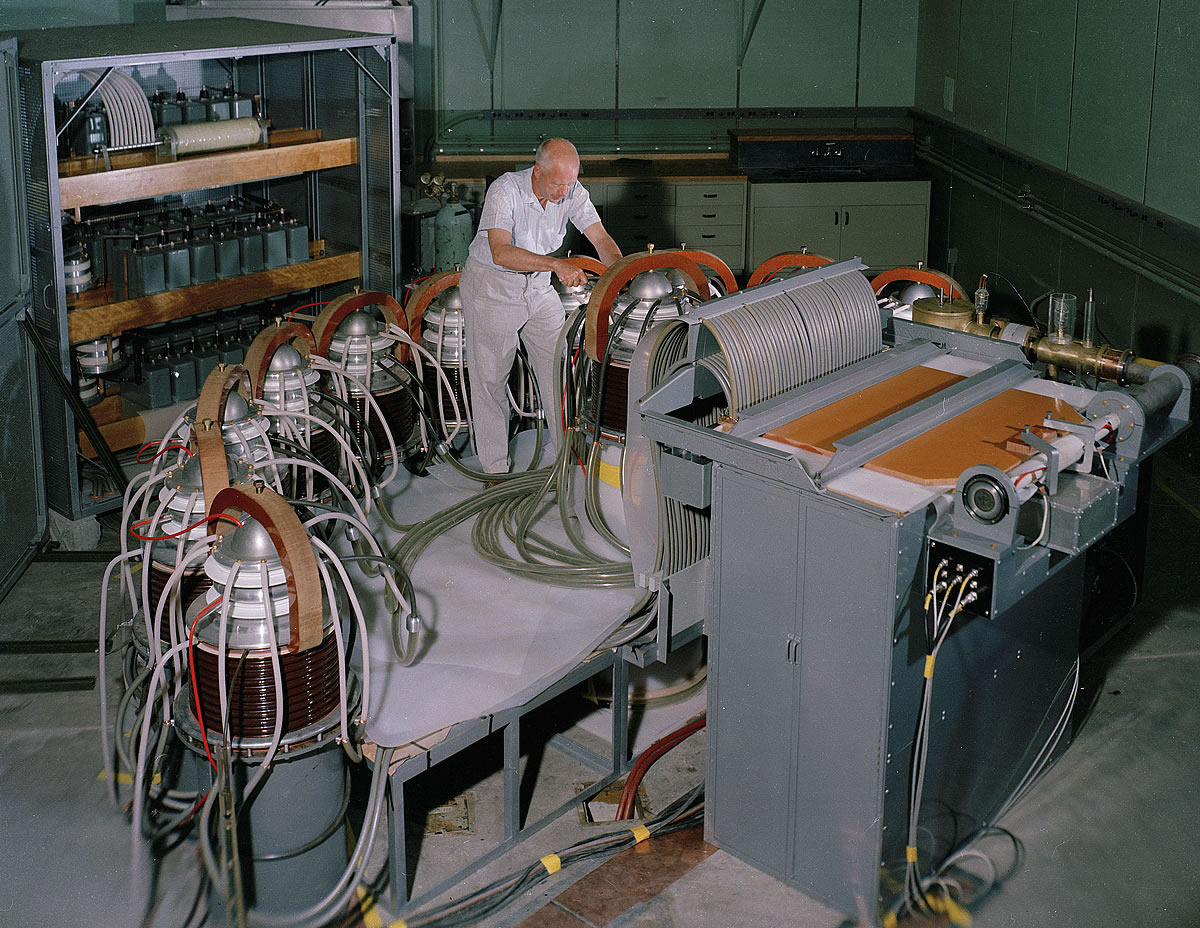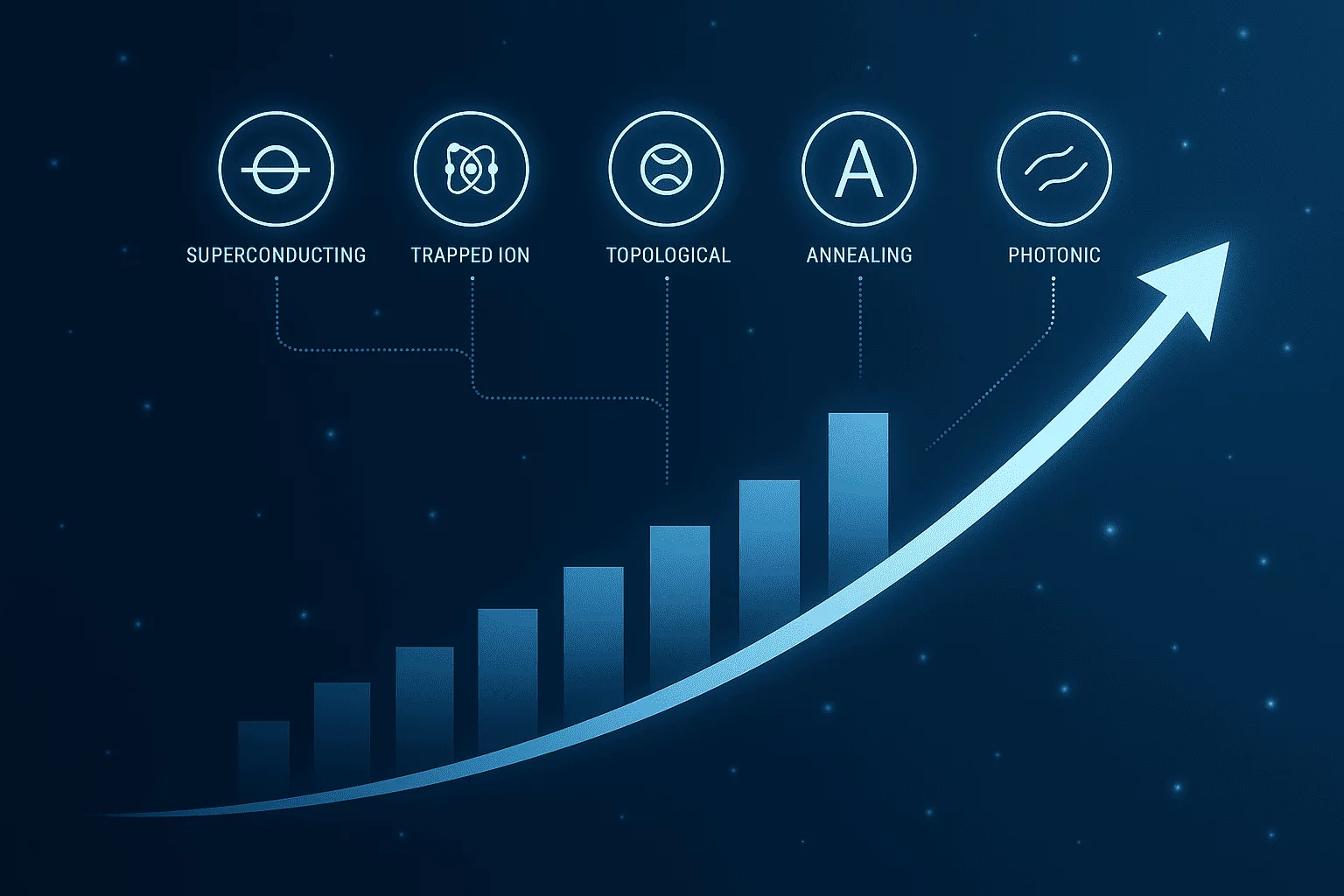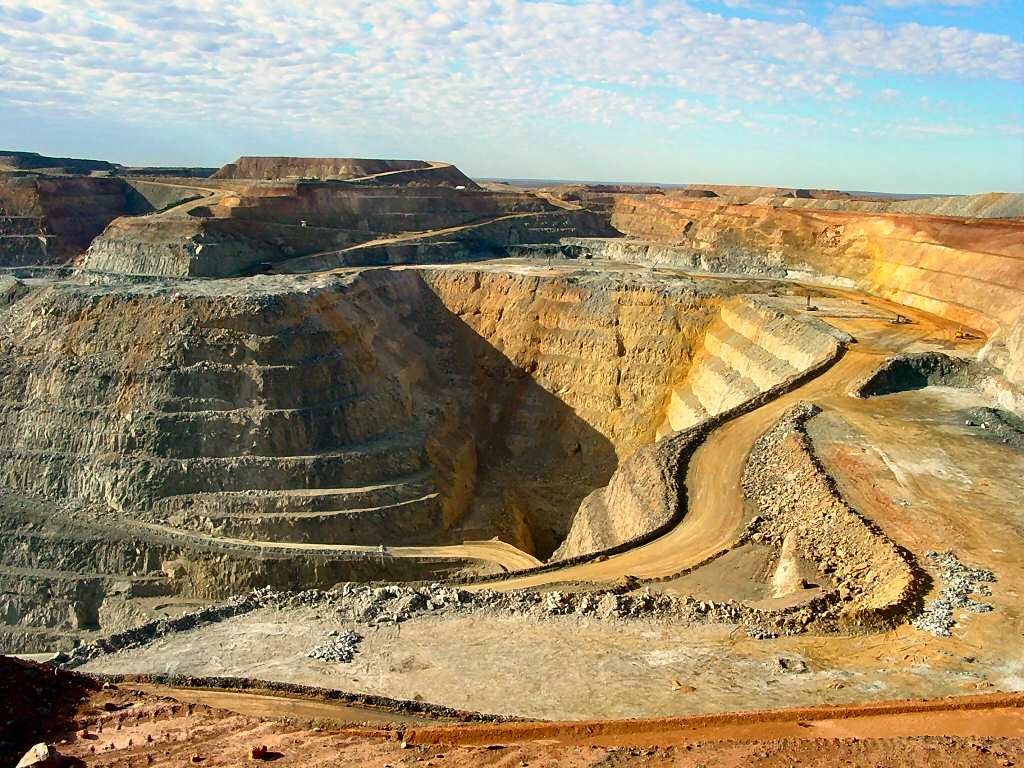As the Iran–Israel conflict stretches into weeks, the impact isn’t only felt in the skies over the Strait of Hormuz or in military strikes across borders—it has twisted itself into the heart of Iranian homes. Rolling blackouts are now part of daily life, hospitals run on generators, and Tehran’s streetlights flicker under the weight of damaged infrastructure. In this blog, we’ll trace how military action against energy infrastructure has worsened Iran energy crisis, examine the human toll on hospitals, schools, and factories, analyze the numbers behind blackouts and fuel shortages, and explore what it means when the lights go out in a modern nation. We’ll close with insights from procurement strategist Mattias Knutsson on how fragile supply systems could guide recovery.
This isn’t the product of a single missile or overnight failure. It’s the collision of long-term underinvestment, crippling sanctions, wartime sabotage, and wildfire-paced civilian demand. And as more systems fail, Iranians are bearing the brunt: families losing power, small businesses shuttering, students struggling with unreliable electricity—and growing resentment toward the regime’s priorities.
Decades in the Making: Iran Energy Crisis Vulnerabilities
To understand today’s crisis, we must acknowledge years of systemic neglect. Authorities admit that Iran’s power infrastructure—built in the 1970s, underfunded for decades—is creaking under pressure. Modern grids lose over 13% of electricity in transmission. Thermal power plants operate at a mere 33% efficiency. Consider this: Iran produces 260 billion m³ of natural gas annually and consumes nearly all of it internally, leaving only 18 billion m³ for export, yet suffers shortages during peak seasons.
Winter 2024–25 saw dramatic warnings, when shortages forced closures of schools, offices, and shopping centers in over 23 provinces. Some 13 power stations shut down mid-February through lack of fuel, slashing capacity by 8,000 MW (about 14%) Rolling blackouts prevailed through spring, even as industrial facilities closed or halved capacity—manufacturing losses estimated at $20 billion .
Meanwhile, subsidy-driven fuel smuggling drains millions of liters daily—up to 1.5 billion liters of fuel smuggled annually, amounting to $3–4 billion loss in revenue. These leaks further tighten domestic supplies and deepen energy instability.
Conflict Strikes: Infrastructure Under Fire
The recent war has accelerated these energy troubles. On June 13, Israeli strikes struck the Natanz nuclear facility’s electrical substation, plunging enrichment halls into darkness and halting 60% enriched uranium operations. Electricity Minister Abbas Aliabadi later revealed that at least 13 plants—of roughly 600—shut down due to fuel scarcity in February and mid-June
By June 23—eleven days into the conflict—Iran’s national grid operator Tavanir reported frequent blackouts in Tehran. State broadcasters showed families by candlelight, and hospitals resorted to generators. Power-dependent industries like Aria Steel ran at 20% capacity, laying off workers, while national industrial throughput dropped to 50%.
Iran Fuel Crisis: Panic, Imports, and Squeeze
Blackouts coincided with war-induced panic at petrol stations. On June 13, queues of idling cars clogged Tehran’s Pasdaran district in what was described as the worst fuel lines since the revolution—a crisis triggered by fear rather than true shortages. Gas consumption already outpaced refining: 750,000 barrels/day used versus 670,000 barrels/day produced—a gap of up to 20% .
Iran turned to imports—bartering fuel oil for gasoline—using reserves at a cost of roughly $1.3 billion in 2024 and potentially $1.9 billion into 2025. But rising global demand and internal smuggling meant ongoing insecurity.
Human Toll: Lives in the Dark
These outages have immediate, tangible consequences. Hospitals operate on generators, risking patient care. Students contend with unreliable internet and blackout-darkened classrooms. Businesses face losses from interruptions, while cashiers, service workers, and families struggle without power.
State media reveals widespread discontent: truckers, farmers, bakers, and nurses staged nationwide strikes in over 155 cities during May 2025—fuelled by gasoline shortages, blackouts, and rising prices. Consumer inflation soared above 40%, and half of Iranian households fall below living standards—while public services like energy collapse around them.
Economic Shocks: Industries on Life Support
The energy crisis is bleeding Iran’s economy. Manufacturing output plunged 30–50% during 2024–25 winter. Rolling blackouts cost industry up to $20 billion. Government offices, banks, universities switch to remote or half-schedule modes .
Even as Iran exports more electricity and gas abroad—exports up nearly 92% in early 2023—domestic needs remain unmet. The regime subsidizes roughly $82 billion annually (combined $30 billion electricity, $52 billion fuel), but fuel smuggling and system inefficiencies undermine any benefit .
Long-Term Outlook: Deepening Iran Energy Crisis
Even before the war escalated, Iran was facing its deepest economic downturn. Inflation over 40%, unemployment high among youth, and over half the population undernourished . Energy collapse fuels protests and erodes public trust. Rolling blackouts persist for 3–4 hours daily, while protests, strikes, and demands for change grow louder.
Global Ramifications: Risk Spillover
Iran’s internal energy collapse ripples outward. Rolling blackouts and smuggling operations create regional instability: Pakistani border fuel smuggling, Afghan dependency on cheap diesel, and threats to shipping lanes all stem from Tehran’s domestic failures .
Moreover, wartime sabotage of pipelines could threaten regional energy flows, contributing to long-term global supply volatility.
Pathways to Relief: What Could Help
Short term: securing fuel supplies for power plants—possibly via emergency imports or reallocation of reserves. Repairing damaged substations like Natanz is essential. Restoring grid efficiency by reducing transmission loss (13%) through quick upgrades could provide marginal relief.
Medium term: crackdown on fuel smuggling—though politically fraught—could bolster domestic supply. Subsidy reforms, met with social safety nets, could deter cross-border siphoning and fund energy investment.
Long term: modernizing power plants, upgrading transmission networks, and attracting foreign investment (if sanctions lift) could avert future crises. But this requires political will—something currently lacking.
Conclusion:
Iran’s power crisis is no mere inconvenience—it’s the unspoken face of military escalations, economic faltering, and civic frustration. When war damages substations, it strikes households, students, patients, and workers. When fuel is smuggled, it’s not only lost revenue—it’s lives in the dark.
Amid conflict, keeping the lights on becomes a metaphor for national endurance. For Iran to hold together, its leaders must recognize power infrastructure as essential to civilian trust. And that means investing in modernization, fighting smuggling, and freeing domestic energy from sanctions and stagnation.
Mattias Knutsson, a leader in global procurement and business development, observes:
“Efforts to rebuild must treat Iran’s energy grid like a fragile supply chain: a failure in any link—plant, pipeline, policy—spreads disruption widely. Repairing it isn’t just about hardware—it’s about trust, continuity, and foresight.”
As the war pauses—and too often does—it provides a chance to shift from bombs to blueprints, from outages to opportunity. The real energy challenge isn’t missiles in the air, but flickers in the socket. And when Iran’s lights come back, it may be a clearer signal of healing than any truce ever could.





